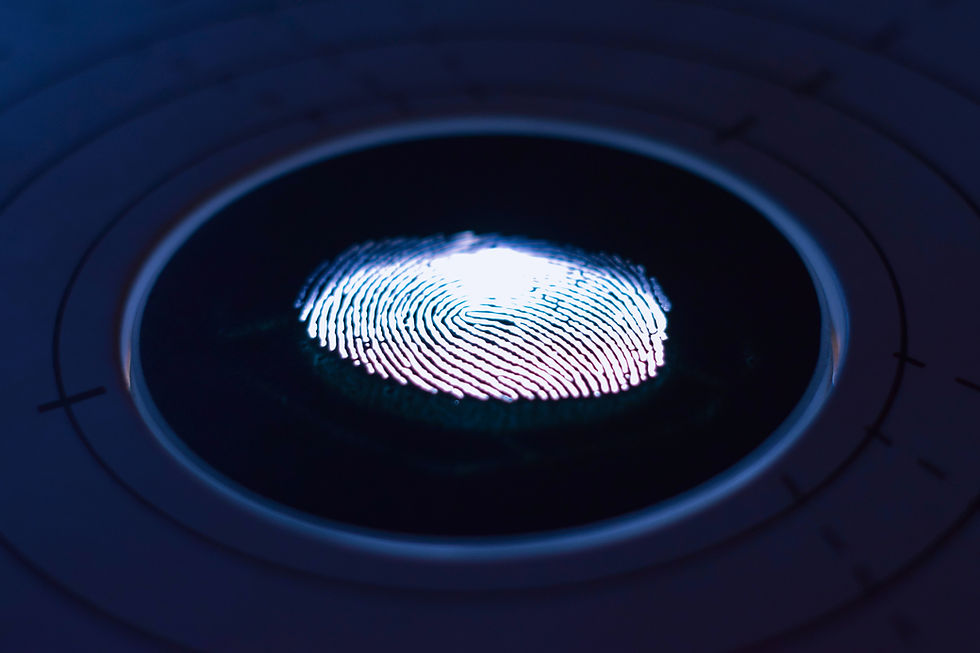The most secure biometrics
- Maximage Data Systems

- Nov 29, 2023
- 2 min read

The biometric technologies market will grow continuously over the coming years until reaching $55.42 billion by 2027. Statista
Biometrics is the use of physical or behavioral characteristics of people to identify and authenticate them. Some examples of biometrics are fingerprints, iris, voice, face, digital signature or even the way you walk. #Biometrics offer advantages over other identification methods, such as passwords or cards, as they are more difficult to falsify, lose or share.
However, not all biometrics are equally secure. Some factors that influence the security of a biometric are:
- Uniqueness: the degree to which the biometric is different for each individual.
- Permanence: the degree to which the biometric remains stable over time.
- Collectability: the degree to which the biometric can be measured easily and accurately.
- Acceptability: the degree to which the biometric is accepted by users and society.
- Resistance: the degree to which the biometric is resistant to attacks or manipulations.
According to these criteria, some of the most secure biometrics are:
• The #iris: is unique for each person, even between identical twins, and remains stable throughout life. It can be measured with a special camera that illuminates the eye with infrared light and captures its pattern. It is accepted by most users and is difficult to counterfeit or copy.
• The #fingerprint: it is unique for each finger and remains stable except for injuries or scars. It can be measured with a sensor that detects the ridges and valleys of the skin. It is accepted by most users and is difficult to counterfeit or copy, although not impossible.
• The #voice: it is unique for each person and depends on factors such as anatomy, age, gender, language or emotional state. It can be measured with a microphone that captures the acoustic and spectral characteristics of the voice. It is accepted by most users and is easy to use, but it is also easy to imitate or record.
These are just a few examples of biometrics, but there are many more, such as signature, DNA, electroencephalogram or heart rate. Each one has its advantages and disadvantages, and your choice will depend on the context and the objective pursued. The important thing is to keep in mind that no biometric is perfect or infallible, and that it must always be combined with other #security measures to guarantee the protection of personal data.





Comments